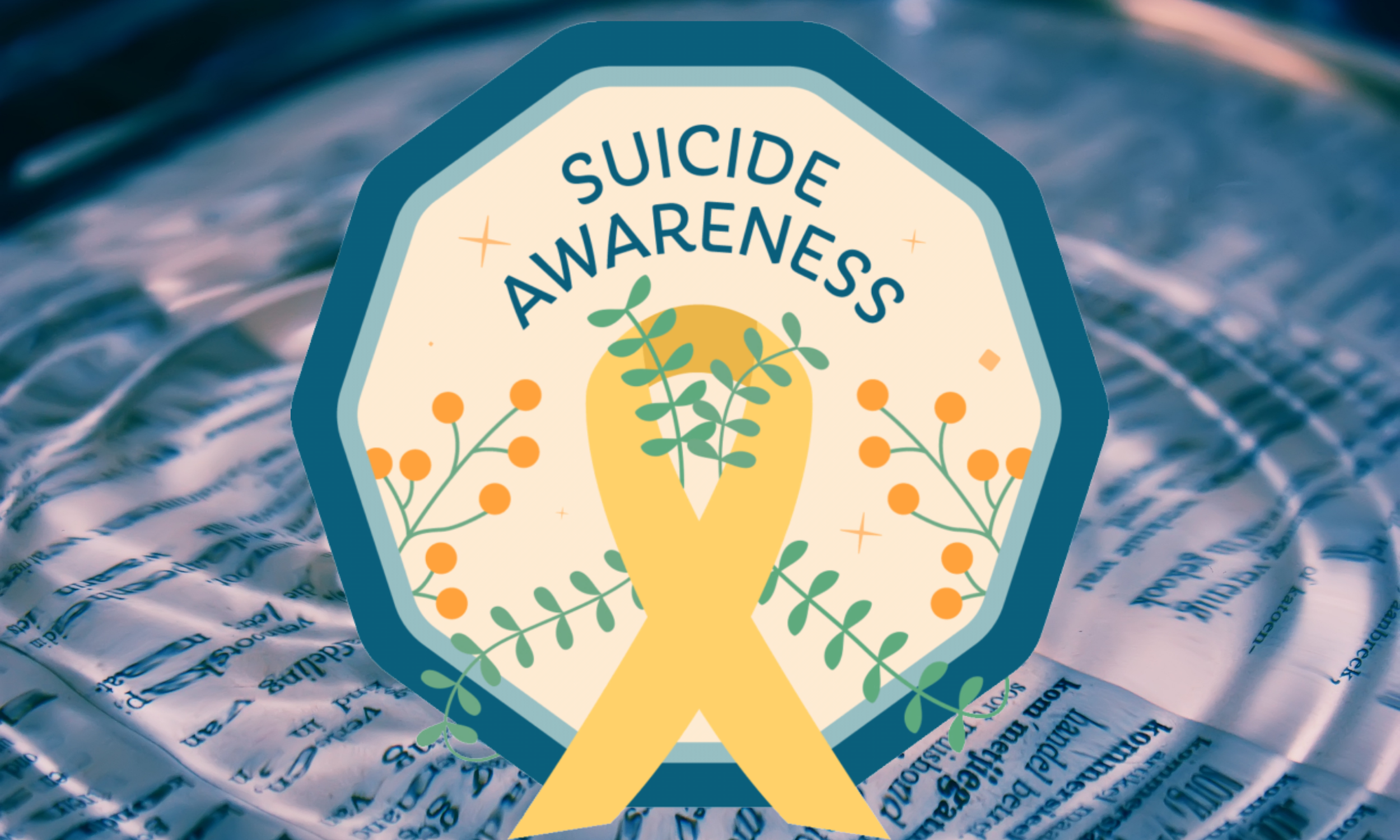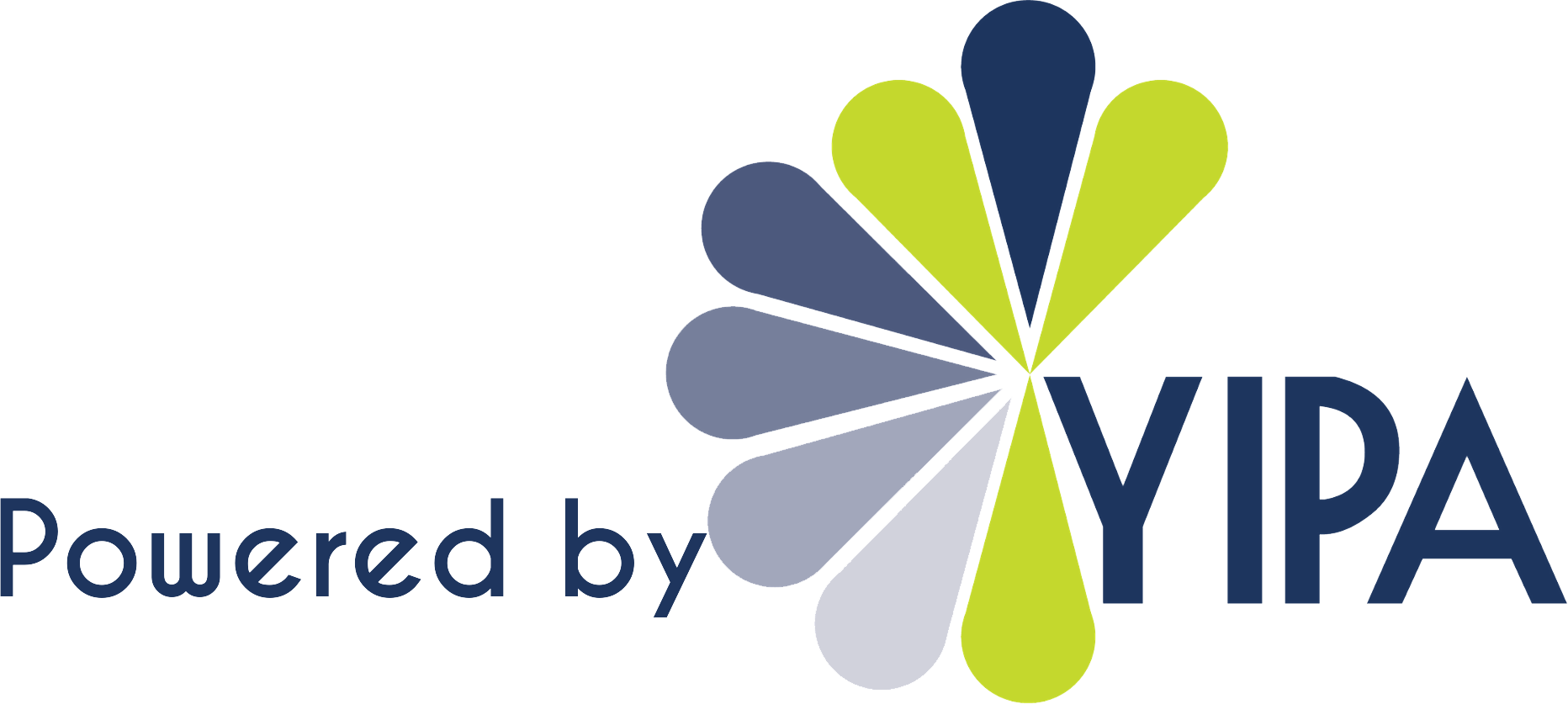
Suicide Postvention Supports Prevention

Suicide postvention is prevention. Not many people have heard of postvention. But it is vital to comprehensive suicide prevention. And everyone can learn how to bring postvention strategies to our work with young people, families, and communities.
Suicide postvention describes how a community responds after a suicide death to reduce further risk and promote healing. Prevention and intervention usually come to mind first when talking about suicide, but postvention is just as important.
The goal of postvention is to encourage healthy grieving and healing. And help prevent future suicides of people exposed to suicide loss. There is a growing mental health crisis among our young people, so we need wide-reaching strategies to care for their well-being.

- Live Online Training
- Wednesday, July 31, 2024
- 1:00 pm to 2:00 pm Central Time
- FREE for YIPA members
Suicide postvention is a critical part of suicide prevention
When you really think about it, suicide postvention is prevention. Suicide prevention efforts make up three legs of a stool:
- Suicide prevention
- Intervention
- Postvention
All three legs are needed to be most effective.
Suicide is a public health issue. It ripples out like waves and has a lasting impact on many levels. So, we must respond on many levels.
A suicide loss survivor is anyone that is impacted by suicide. This can be close family, friends, coworkers, treatment providers, and first responders. There are many ways to meet their needs. You can provide resources, peer supports, survivor support groups, and promote help-seeking behavior.
Losing someone to suicide is often an isolating and painful experience. Loss survivors may experience guilt, blame, anger, and shame. Having safe spaces to grieve can help.
Grief is complex and navigating it is different for everyone. Cultural factors also play a big role in the grieving process. Be sure to include cultural considerations in your postvention efforts.
Developing a suicide postvention plan
Knowing how to support people in crisis is a very important skill. However, it’s only one piece of the puzzle.
Having an organizational level postvention plan is essential. Does your youth-serving program already have a plan in place if a death occurs? If not, I hope you’ll change that.
When developing a plan, think about how you can:
- Share information with your organization and community in the most appropriate way
- Support those most affected by the death
- Identify and support those at risk
- Provide education on suicide and depression
- Share resources
There are short and long-term steps you can take when a suicide postvention response is needed. Your postvention plan will help you decide what to do. It could be contacting your mobile crisis unit, planning the memorial response, or providing ongoing support and monitoring.
Tips for speaking with young people
Young people you work with may ask you questions about the suicide death. So, how can you talk about it with young people?
- Use clear, direct language. Use the word ‘suicide’
- Allow them to say how they feel without judgment
- Help them understand that the death is no one’s fault
- Explain that there is help for depression
Language matters! How we talk about suicide and mental health is always evolving. It’s time to replace ‘committed suicide’ with ‘died by suicide’ because the word ‘committed’ implies a criminal act. And instead of saying ‘successful suicide’ or other words that imply dying by suicide is the goal, use terms like ‘suicide death.’
You’ll also want to avoid glorifying, romanticizing, or normalizing suicide. Don’t focus on personal details of those that have died, don’t oversimplify the cause of death, and don’t give detailed descriptions of those that have died by suicide or their methods.
I hope you’ll choose to learn more about suicide postvention and consider how your youth-serving organization can prepare and plan. Adding postvention to your prevention and intervention strategies will help heal and save lives. And if you or someone you know is in crisis, you can always text or call the National Suicide Prevention Lifeline at 988.
If you’d like to dig a little deeper into suicide postvention, check out YIPA’s training, Suicide Prevention: Pathway to Care and Postvention. It’s free for YIPA members and just $30 for non-members.
About the author
Jade Schleif is the training coordinator of the Youth Intervention Programs Association (YIPA), a non-profit association of youth-serving organizations. We're your source for exceptional, affordable, personal and professional online learning via The Professional Youth Worker. Join us!
To ask Jade a question or share your feedback about this blog, email jade@yipa.org.


